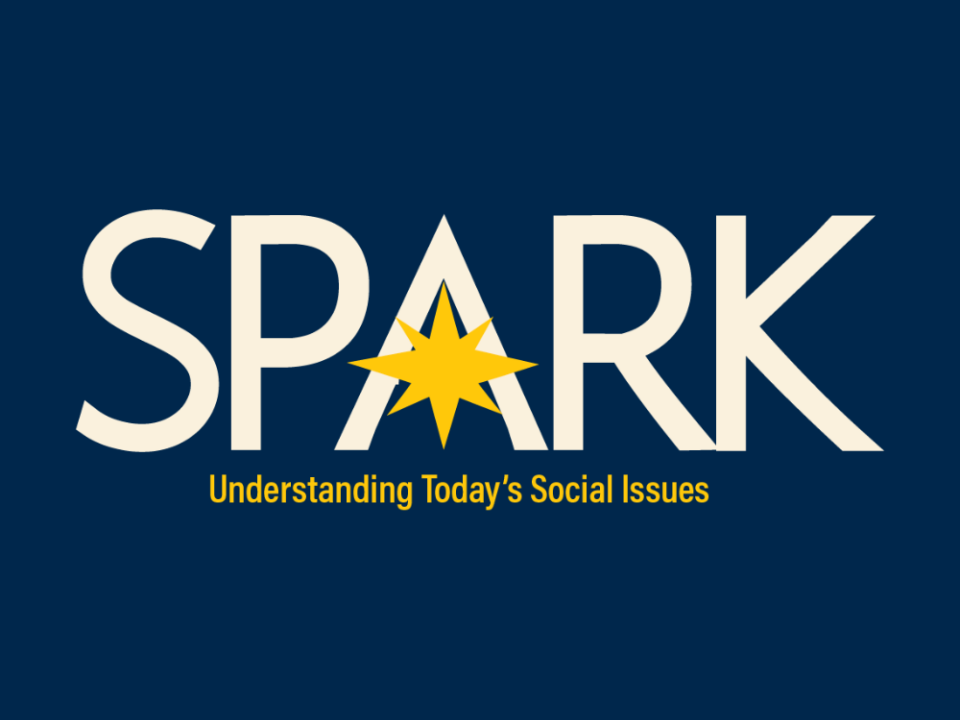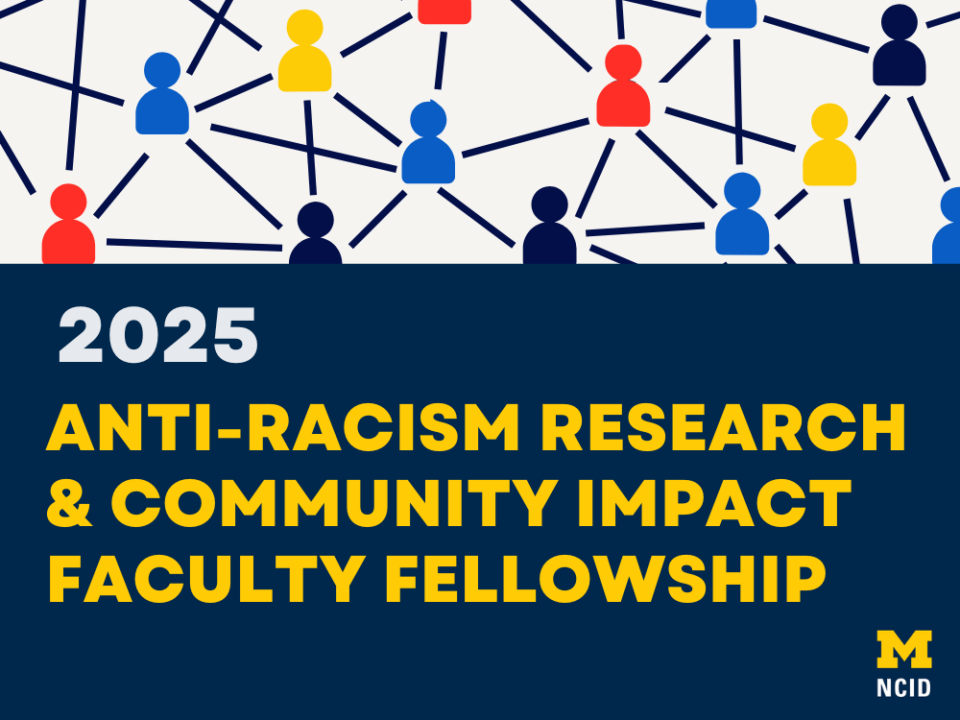- About
- News
- Events
- Initiatives
- Anti-Racism Collaborative
- Change Agents Shaping Campus Diversity and Equity (CASCaDE)
- Diversity Scholars Network
- Inclusive History Project
- James S. Jackson Distinguished Career Award for Diversity Scholarship
- LSA Collegiate Fellowship Program
- University Diversity & Social Transformation Professorship
- Publications & Resources
- About
- News
- Events
- Initiatives
- Anti-Racism Collaborative
- Change Agents Shaping Campus Diversity and Equity (CASCaDE)
- Diversity Scholars Network
- Inclusive History Project
- James S. Jackson Distinguished Career Award for Diversity Scholarship
- LSA Collegiate Fellowship Program
- University Diversity & Social Transformation Professorship
- Publications & Resources
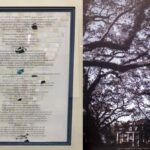
2023 Art & Design Competition: James S. Jackson Distinguished Career Award for Diversity Scholarship
December 12, 2022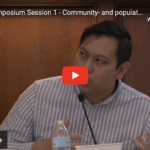
Faculty Symposium on Anti-Racism Research & Scholarship at the University of Michigan
January 30, 2023“Miseducating the Public: Anti-CRT Movement Rhetoric, Policy, and Impact”
Introduction by series curators Dr. Michelle Bellino, associate professor of education at the University of Michigan and Dr. Manoucheka Celeste, associate professor of gender and women’s studies at the University of Illinois.
Since former-President Trump’s September 2020 executive order to eliminate “divisive concepts in schools and federally-funded entities,” forty-two states have pursued legislation to prohibit discussions of race and racism, as well as gender and sexuality in educational spaces. Censorship and book-banning are on the rise across schools and community libraries, linked to a growing mobilization of those who call themselves parents’ rights groups, aiming to exert greater control over how discussions of power, privilege, and oppression unfold in their children’s lives. These widespread, strategic efforts to restrict teaching and learning have been characterized as “educational gag orders.” Moreover, McCarthyism type tactics such as reporting of individuals, institutions, and state funding devoted to diversity, equity, and inclusion efforts are being used to maintain control over educational content, resources, and stakeholders. Collectively, these actions have had chilling effects in K-12 schools, higher educational institutions, and other sectors such as media. These efforts are not new, nor are they unique to the US context; for example, Nazis famously burned books written by Jewish authors, and authoritarian regimes consistently rewrite history curriculum to justify their political control. Looking across national contexts over time is a reminder that censorship is often just one form of control and anti-intellectualism in the escalation of repressive tactics.
While some people may have initially shrugged off attacks on Critical Race Theory, which is not actually taught in K-12 schools, it is now more apparent that the active work of miseducating the public and deterring critical thinking, with regressive goals forged through old and new tactics, presents a threat to the very notion of democracy. These current anti-diversity efforts on many levels seek to retract gains from US civil rights and other movements that call for greater participation and representation. This contemporary iteration of banning books and topics shifts away from the stories the US has been telling itself and the world about itself about how well it embraces diversity and democracy.
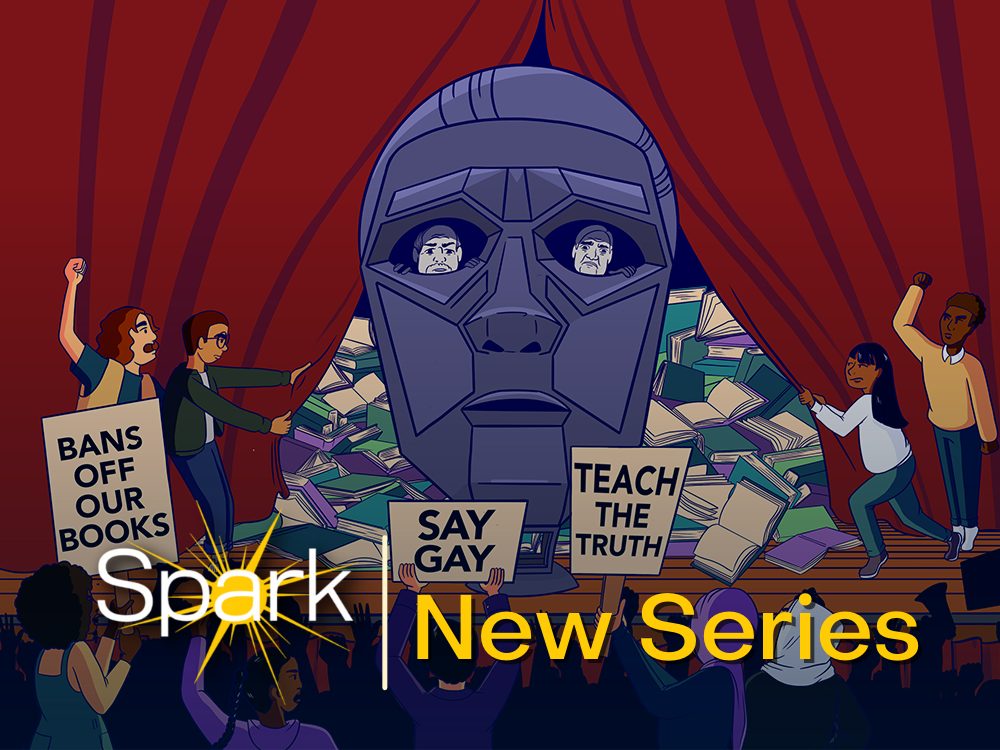
Restrictions and censorship in K-12 schools and institutions of higher education are authoritarian strategies that threaten democratic freedom and undermine the civic mission of democratic education. Schools should aim to teach about democracy, for democracy, and through democratic means. Teaching about democracy in the US necessitates an understanding of national history[ies] and the violent underpinnings of nationhood formation, which includes Constitutional protections for slavery; indigenous genocide, disposession, and erasure, as well as the study of race, racism, and racialized violence. Teaching for democracy centers the preparation of students to ask critical questions, vote in public elections, and work across diverse identities and perspectives to co-create a more just world. Teaching through democratic means entails the infusion of democratic pedagogies such as dialogue, discussion, and debate.
Educational research shows that navigating controversial issues in classrooms, critically addressing difficult histories, and evidence-based inquiry into public issues are key to developing young people’s capacity for civic reasoning and discourse. On the surface, anti-CRT policies sound like they are a focused attack on content– on what we teach and learn in educational spaces. But they impede more than that. They seek to deny young people of the substance and the skills required for informed citizenship, which includes wrestling with multiple perspectives.
Importantly, “anti-CRT” efforts routinely conflate Critical Race Theory (CRT) with race-conscious and anti-racist philosophies, projecting the discomfort of some white law and policymakers and their supporters, onto young learners’ opportunities to learn about and engage with “hard history,” its legacies, and current social justice movements. As authors in this series highlight, CRT plays a central role in the ongoing culture wars. We broaden the conversation here by looking at this “movement” that seeks legitimation in public discourse, in policy and in classrooms, from multiple angles. As the illustration by Megan Rizzo demonstrates, it is time to look behind the curtain and name what is there.
This series includes five essays in which authors explore the origins, strategies, and impact of efforts to prevent discussions of race and racism in public spheres. The authors collectively explore the particularities of this recent escalation in legislative efforts to control, conflate, distort, and silence diversity education and diverse populations. Nicole Powell and Taifha Natalee Alexander offer a broad overview of these anti-CRT policies in K–12 environments and higher education institutions. By tracking policy data, they debunk the myth that such policies exist only in what some call red or conservative states. They highlight the importance of looking across the country at how school boards and local governments orchestrate and carry out these strategies, with officials funded by anti-CRT PACs.
Len Niehoff discusses the current moment as a continuation of the trajectory of banning books, specifically the limiting of contact with writers of color and diverse stories. Niehoff argues that the increased danger lies in erasure, in pretending that racial, gender, and sexual minorities do not exist. Katherine Bell explores how the public encounters anti-CRT rhetoric efforts in media outlets. Looking across the media landscape (conservative, mainstream, and liberal), Bell argues that the latter two are ill-equipped to challenge the “manufactured controversies” or call out white supremacy, partially because they are tied up in maintaining an air of objectivity, which prevents critical analysis.
The last two articles focus on education settings. Desiree D. Zerquera takes us into the higher education context to show how higher education actors are working to advance equity agendas to support all students despite constraints, raising important questions about the sustainability of these strategies. Finally, “High School Students Are Not Going to Stop Thinking Critically,” by Brendan H. O’Connor and co-authors interpret anti-CRT bills through the lens of “threat inversion,” in which diversity is framed as the menace. In a national space where real and symbolic annihilation are woven in the fiber of its histories and laws, this article analyzes student experiences to assert that disappearing is not an option. As youth bear witness, their voices contest and break through everyday silences.
While this series focuses on anti-CRT rhetoric and policy, as Zerquera highlights, the scope of the bans is expanding. At the time of this publication, restrictions and punishments now aim to investigate and defund diversity, equity and inclusion work, ban classroom books on any diverse topics (a felony), reject an optional African American studies AP course, prohibit the use of LatinX in state government documents, and limit opportunities for students to select their preferred pronouns. Still, people are actively pushing back, in courts and in their communities. The need for citizen pressure and resistance work grows daily for those who believe that a healthy democracy requires that all of us be represented and accounted for. We invite readers to engage with the articles, all of which point to actions or suggestions for the road ahead.


